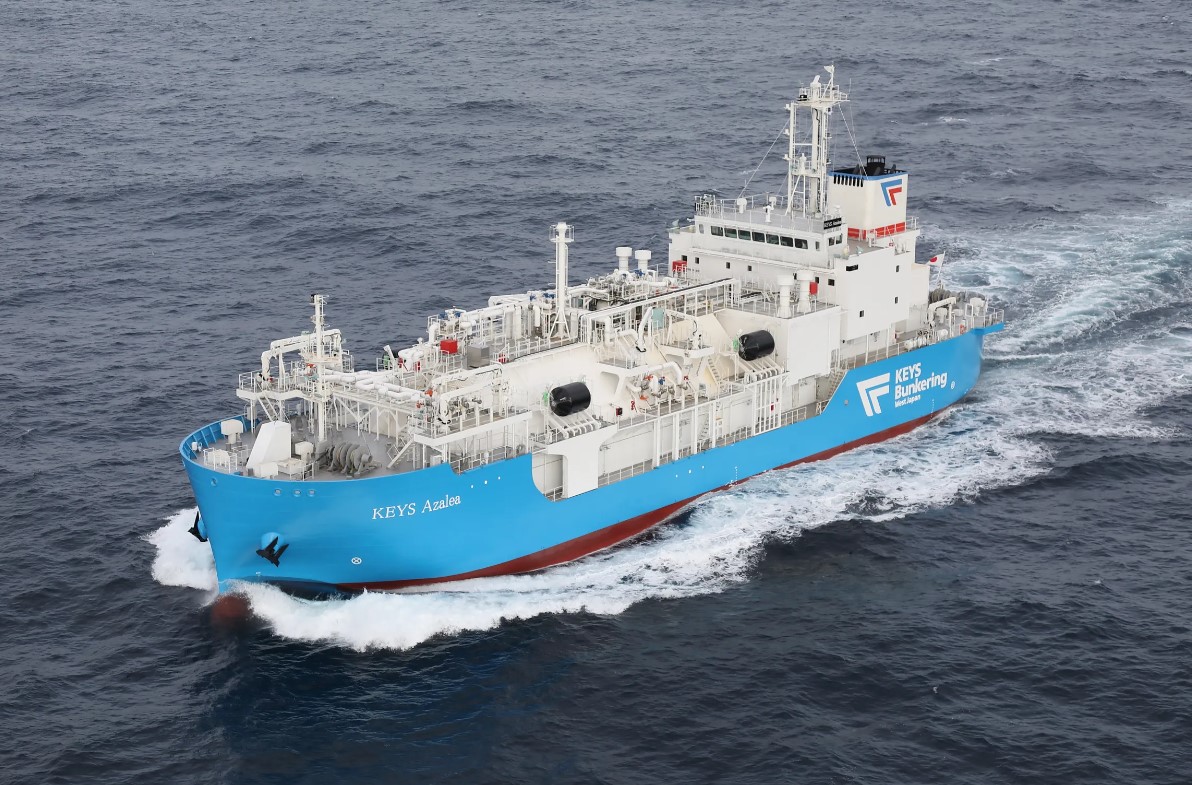Classification society DNV has added just one LNG-powered ship to its Alternative Fuels Insight platform in March. There were also two orders each for methanol and ammonia-fueled ships.
DNV previously reported orders for 17 LNG-powered ships in February, 10 LNG-powered ships in January, and 130 LNG-powered vessels in 2023.
In January-March DNV added 28 LNG-powered vessels and 35 methanol-fueled vessels to its platform.
Although this was a “quiet month for the ordering of alternative fueled vessels, the overall trend remains strong,” DNV said.
For the first three months of 2024, a total of 68 orders for alternative-fueled vessels were made, compared to 44 in the first three months of 2023, representing year-on-year growth of over 50 percent.
Jason Stefanatos, DNV’s global decarbonization director, said the “LNG fleet in operation has more than doubled since 2021, while the fast-growing methanol orderbook indicates similar growth in this segment over the next five years.”
“The ammonia fleet just started to develop in the beginning of the year adding two new orders in March, on top of three in January and February. We are now seeing signs that investment in these vessels is also on the rise, and market conditions indicate that this could continue over the coming months and years,” Stefanatos said.
520 LNG-powered ships in operation
There are now 520 LNG-powered ships in operation and 514 LNG-fueled vessels on order, DNV’s platform shows.
Moreover, there are 87 LNG-powered containerships and 78 LNG-powered crude oil tankers in operation, and these vessels are followed by 57 oil/chemical tankers, and 52 bulk carriers.
As per vessels on order, LNG-powered containerships account for a big part of the orders with 187 units. Shipping firms also ordered 152 car carriers, 48 oil and chemical tankers, 36 crude oil tankers, and 24 cruise ships.
These statistics do not include smaller inland vessels or dual-fuel LNG carriers.
55 LNG bunkering vessels and 226 LPG-powered ships
Besides LNG-powered vessels, there are 55 LNG bunkering vessels in operation and 13 on order, the platform shows.
In addition to 1034 confirmed LNG-powered ships, the fleet powered by alternative fuels also includes 269 methanol-fueled vessels, 226 LPG-powered ships, 30 hydrogen-fueled vessels, and 16 ammonia-fueled vessels, according to the platform.

